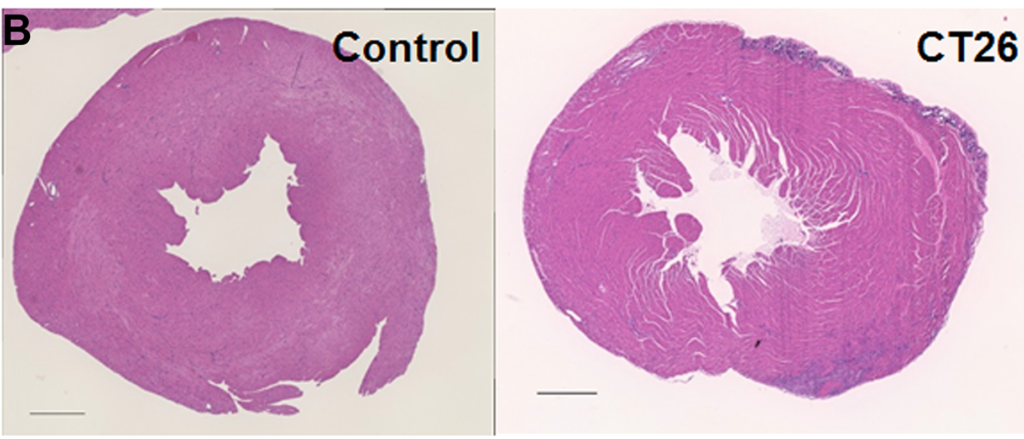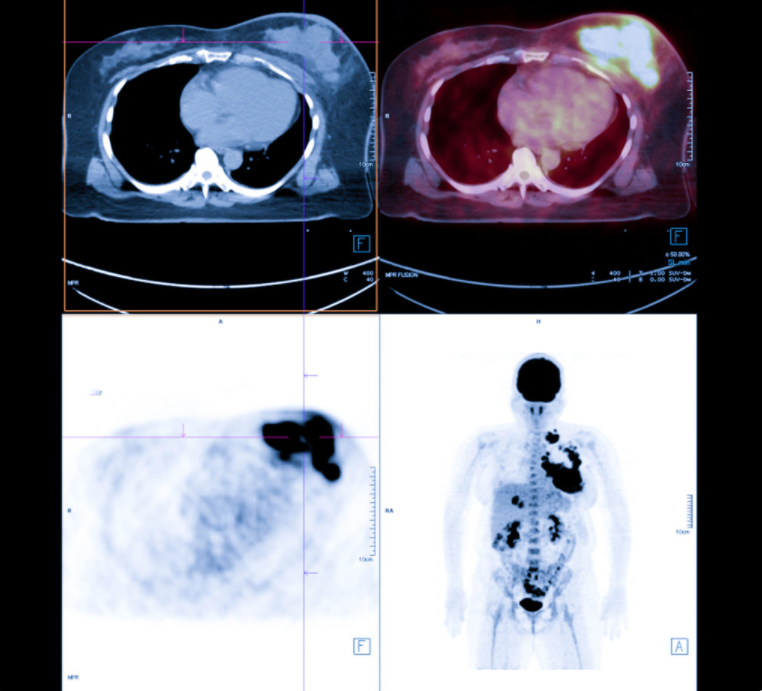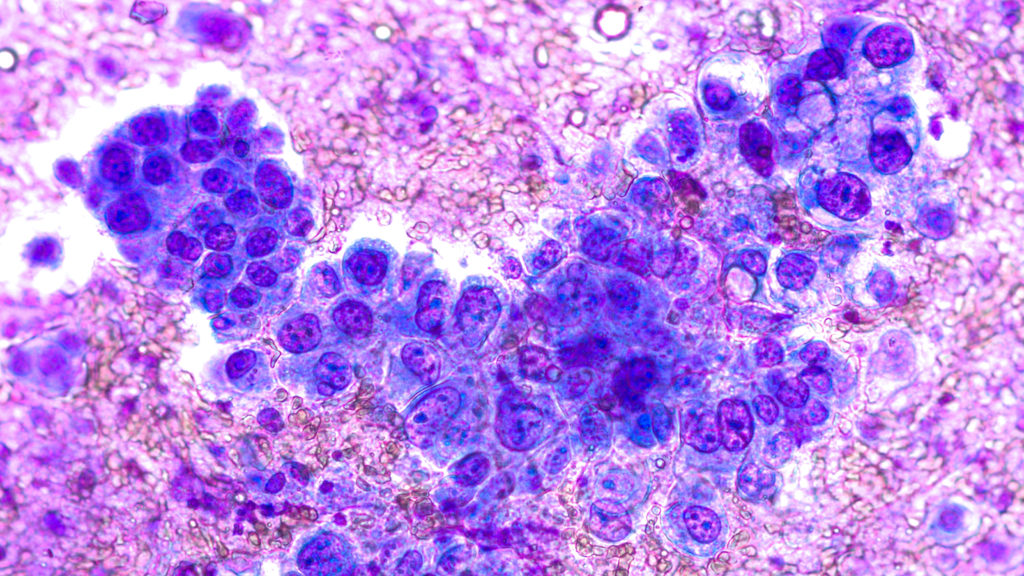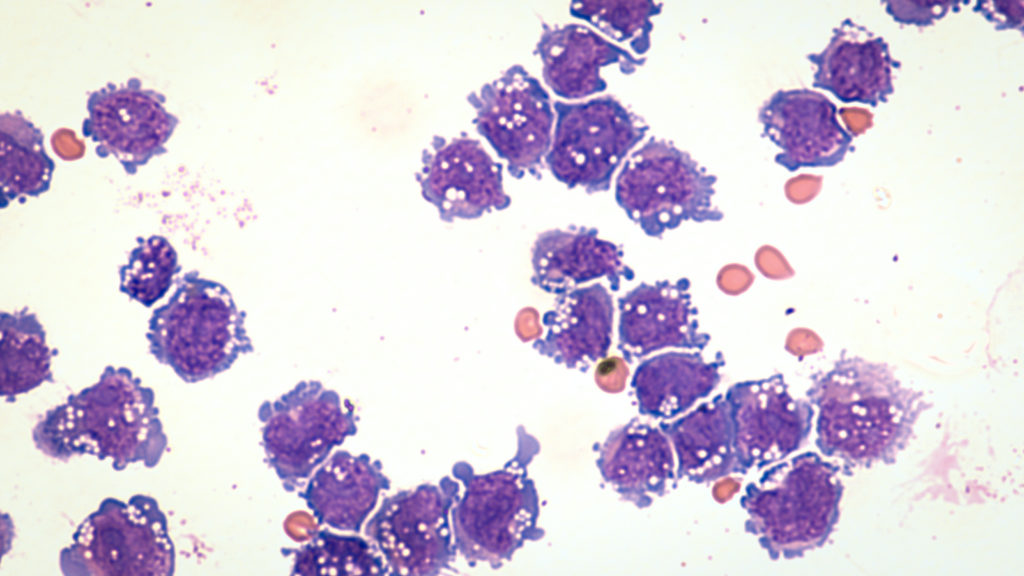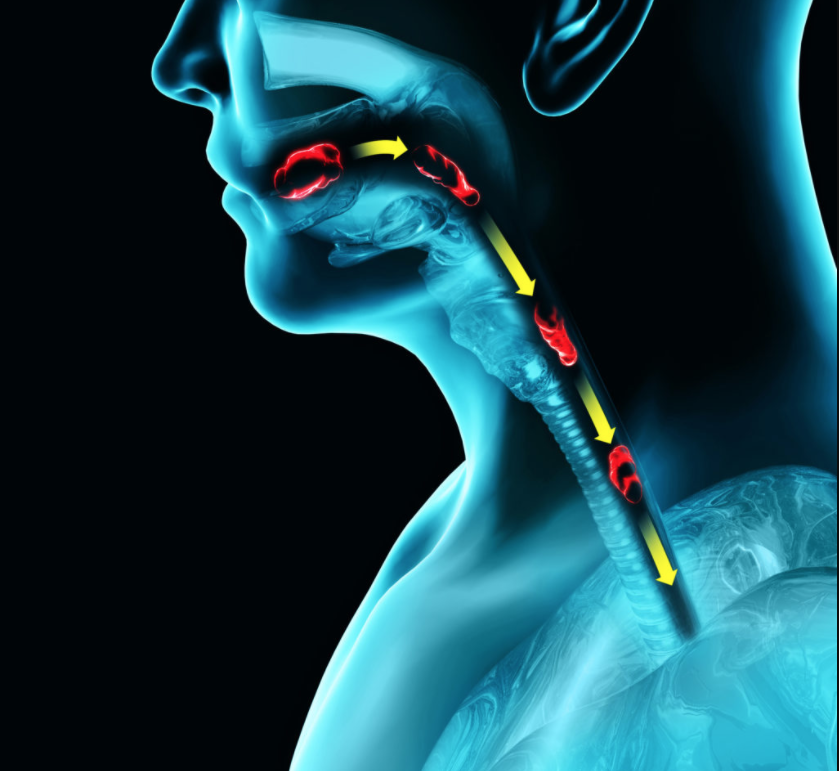Authors of this review paper discuss the complex crosstalk between cancer stem cells and macrophages, and potential anti-cancer strategies for future studies.
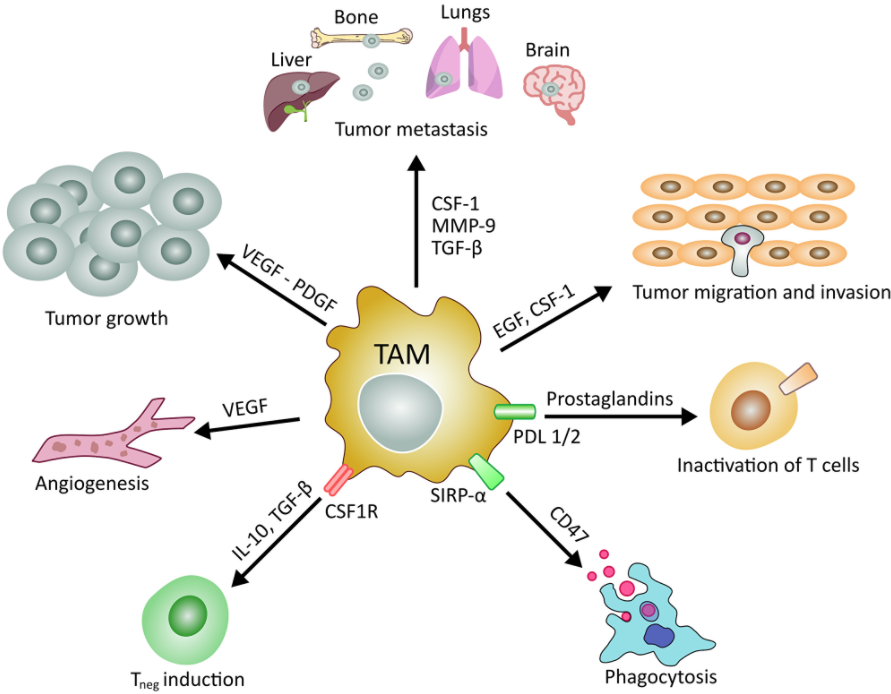
The Trending with Impact series highlights Oncotarget publications attracting higher visibility among readers around the world online, in the news, and on social media—beyond normal readership levels. Look for future science news and articles about the latest trending publications here, and at Oncotarget.com.
—
A review paper published by researchers from the University of Modena and Reggio Emilia in Italy and the Sulaiman AlRajhi Medical School in Saudi Arabia is trending and titled, “Cancer stem cells and macrophages: molecular connections and future perspectives against cancer.”
“The aim of this review is to define the complex crosstalk between these two cell types and to highlight potential future anti-cancer strategies,” Dr. Beatrice Aramini said, a thoracic surgeon and scientist from the University Hospital of Modena Reggio Emilia.
There have been numerous studies published over recent decades in an effort to understand the molecular mediators of cancer stem cells (CSCs) and tumor associated macrophages (TAMs). Several studies have contributed to bringing light to some of the complex crosstalk that occurs between these two cell types and within the tumor microenvironment. The authors of this review paper reference hundreds of studies and offer a thorough audit and analysis of the current state of this research.
About the Writers of the Review Article
“I mainly focus on lung cancer,” Dr. Aramini said. “I started this project about cancer stem cells in lung cancer since 2017, at University Hospital of Modena Reggio Emilia, joining the laboratory of cell therapies directed by Professor Massimo Dominici with the chief of medical oncology at University Hospital in Modena.”
Dr. Valentina Masciale, co-author, is a research fellow at the University Hospital of Modena Reggio Emilia. Dr. Masciale’s professional experience began by studying missing stroma cells. She then studied stem cells in regenerative medicine and currently she is working with Dr. Aramini on a project focused on lung cancer stem cells. The paper they wrote was revised and approved by seven other contributing authors.
“In this review, we describe the importance of cancer stem cells as the key drivers of cancer initiation and progression due to their unlimited cell renewal capacity and their ability to induce tumor formation,” Dr. Aramini said.
Introduction to Cancer Stem Cells
“Cancer stem cells (CSCs) constitute a cancer cell subpopulation similar to the other stem cell types in terms of self-renewal and multilineage differentiation potential but drive tumor development besides heterogeneity and dissemination of cancer cells [1–9].”
In 1997, Bonnet and Dick were the first researchers to report the existence of cancer stem cells in the tumor, in acute myeloid leukaemia. Since then, however, a standard marker to identify CSCs still has yet to be found.
“One of the main obstacles to proving the CSC model is the difficulty in identification and isolation of these cells [7, 33, 91].”
The authors explain that one of the problems with finding a marker such as this is that many markers found are not only able to detect CSCs, but they also detect non-tumor cells. This represents a major obstacle when developing new therapies to target CSCs only. The authors note that recently there have been several gene markers described by researchers for CSCs in different tumors, including brain, breast, blood, and lung.
“Indeed, there are currently no markers able to distinguish between stem cells and CSCs. Thus far, the best markers identified are those of onco-fetal stem cells, which are absent in adult organs and present in cancer cells [45–48].”
Theories About the Role of Cancer Stem Cells
This review refers to a few theories about the role of CSCs in cancer progression. One theory is based on the premise that tumor tissue is hierarchically organized into different types of cells, with the CSC subpopulation as the top of this hierarchy. In this theory, the other levels consist of additional differentiated tumor cells or cells with a limited proliferative potential. The “clonal evolution theory” hypothesizes that a rampant mutating cell is the catalyst for tumor progression.
“Peter Nowell was the first to describe the ‘clonal evolution theory,’ defining cancer as a complex process resulting from the development of a single out-of-control cell with multiple cell mutations that result in the progression of the tumor, which is kept viable through the selection of the most aggressive clones [89].”
Since the discovery of CSC plasticity and the possibility of switching from stem to non-stem cells, researchers have gained a more complex picture of the origin of tumor heterogeneity and more theories about the role of cancer stem cells in tumor progression.
“An opposing theory is based on the concept that CSCs are a group of cells endowed with a high self-renewal capacity that can set different phenotypes of tumorigenic cells [18, 88].”
Cancer Stem Cells and Macrophages
The researchers explain that macrophages are large specialized phagocytic cells that exist in tissues or at infection sites which act as part of the immune system. Arising from the bone marrow, macrophages perform multiple functions and roles in normal and tumor microenvironments, including pro-inflammatory activities and anti-inflammatory processes. Tumor-associated macrophages (TAM) comprise up to 50% of the tumor mass and have a close relationship with CSCs.
“The rising interest on these type of cells comes from recent study demonstrating that high number of tumor-associated macrophages correlate with the poor clinical prognosis in many solid tumors, including lung cancer, which is the field of our research group at the University Hospital of Modena,” Dr. Masciale said. “Another important aspect is the protective role of the tumor-associated macrophages play on tumors undergoing chemotherapy, which may impact the chemotherapy resistance and consequent tumor relapse.”
In recent studies, high numbers of TAMs in lung tumors, gastric cancer, and other cancer types, have been shown to correlate with a poor clinical prognosis. Macrophages are recruited to the tumor and, through crosstalk, provide protection to the tumor, contribute to immunosuppression in the tumor microenvironment and, eventually, drug resistance.
“The primary cause of failure in cancer treatment is the emergence of drug resistance that promotes the tumor spreading,” Dr. Masciale said.
“Cross-talk between CSCs and TAMs involves the recruitment of TAMs through vascularization and the release of chemokines by TAMs to preserve the quiescence of CSCs and modification of their antigens to escape from recruitment by immune cells.”
Future Perspectives
“Although most TAM-targeting strategies are in the pre-clinical stages, several factors used for TAMs depletion have already been tested in clinical trials [271, 272].”
Current efforts are underway to reprogram or inhibit the tumor-protective properties of tumor associated macrophages. Researchers are also investigating potential strategies to increase the efficacy of chemotherapy through nano-drug delivery to TAMs.
“Due to the significance of the tasks in which TAMs are involved, TAMs are increasingly becoming principal targets of novel therapeutic approaches, especially in the field of nanomedicine.”
The authors believe that targeting TAMs could trigger various reactions in the tumor, which are difficult to predict even given the individual variability from patient to patient. They also explain that targeting TAMs with CSCs offers another potential for treating different tumors to better control cancer progression and avoid tumor dissemination.
“In summary, generating new information about the interaction between TAMs and CSCs will be one of the most important challenges for the development of more effective targeted cancer therapies.”
Click here to read the full scientific review, published in Oncotarget.
Click here to read or watch an interview with the authors Behind the Study.
—
Oncotarget is a unique platform designed to house scientific studies in a journal format that is available for anyone to read—without a paywall making access more difficult. This means information that has the potential to benefit our societies from the inside out can be shared with friends, neighbors, colleagues and other researchers, far and wide.
For media inquiries, please contact media@impactjournals.com.

